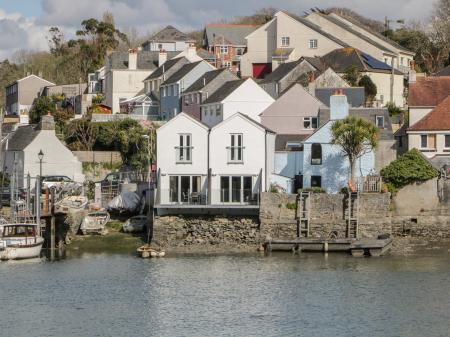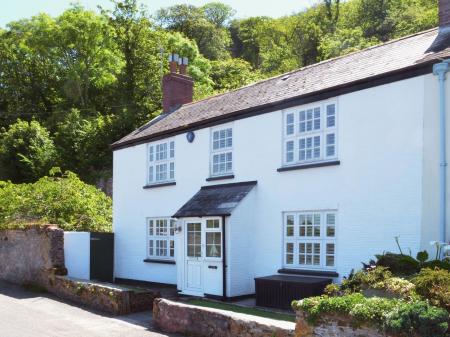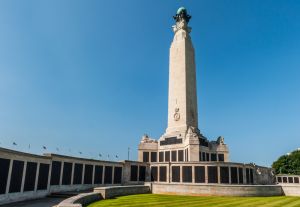
Ah, yes, Drake. No mention of Plymouth would be complete without a mention of its most famous native son. It was on Plymouth's Hoe that Drake played his now-famous game of bowls while waiting for the Spanish Armada to arrive. Plymouth may have been settled as early as the Roman period, though the evidence for a Roman presence is scanty.
Certainly, it was settled in the Saxon period, and grew in importance as a port and fortified town throughout the Middle Ages. Sir Francis Drake was responsible for strengthening the city walls in 1590, while he served as mayor of the town.
The Napoleonic Wars led to the growth of Plymouth as a dockyard and naval centre, aided by the construction of a breakwater in 1812. Today Plymouth serves as a major administrative centre for the county of Devon, but there is plenty of historical interest, including 37 scheduled ancient monuments within the city boundaries.
Among the historical buildings is a ring of Palmerston Forts, defensive bastions ringing Plymouth. These were built in the 1860s under the orders of then Prime Minister Lord Palmerston to protect the dockyards from French invasion.
On the outskirts of Plymouth is the early Elizabethan mansion of Mount Edgcumbe House, set in a large country park. Just 3 miles from the centre of Plymouth is the stately home of Saltram House, owned by the National Trust, while Antony House and Garden is only four miles away.
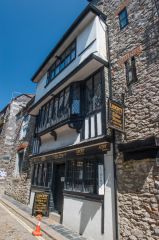

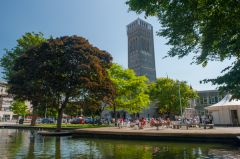
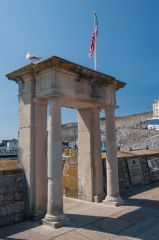
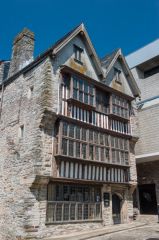
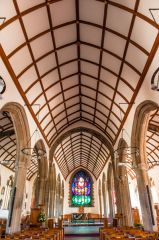
 We've 'tagged' this attraction information to help you find related historic attractions and learn more about major time periods mentioned.
We've 'tagged' this attraction information to help you find related historic attractions and learn more about major time periods mentioned.
